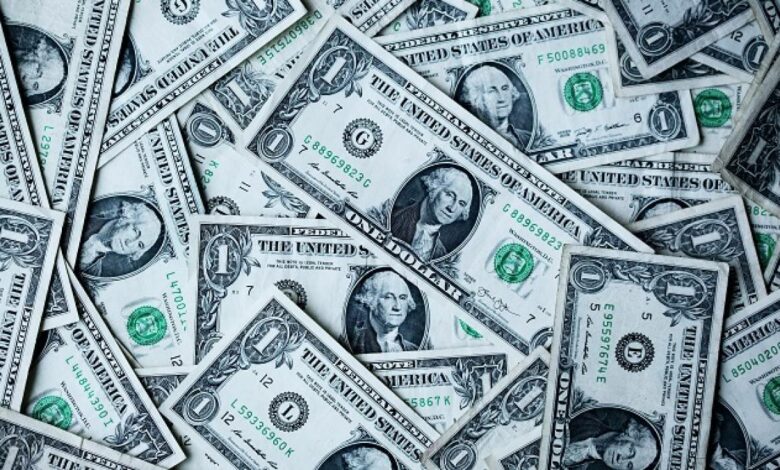US National Debt Flew Up To a Record $29 Trillion, Owes India $216 Billion

Debt has always been a part of the US economy and it has always been accepted by the public as long as its main purpose of boosting the economy did not shift, but when debt is pushed up only to subsidize public consumption, it starts facing criticism and in simple terms, is just not acceptable.
Analyzing The National Debt
Before beginning to talk about the condition of debt in the US, we first need to understand what is national debt and how does it work. The national debt of the US is managed by the US Treasury through the Bureau of Public Debt. The debt generally consists of two categories:
- Intragovernmental holdings: which amounts to about 23% of the total national debt, and
- Debt held by the public: which amounts to about 77% of the total national debt.
Intragovernmental holdings
This part of the debt is owed by the US treasury to other federal agencies. Few agencies like the Social Security Trust Fund, extract more revenue from taxes than they need and start investing in the U.S. treasuries, and hence the additional revenue fund taken by the agencies gets shifted to the general fund and is spent. The agencies can, then, redeem their treasury funds as and when needed. Therefore, the government takes measures such as raising taxes or issuing more debts to raise funds.
Public Debt
About a third of the public debt is held by foreign governments whereas the rest of the debt is owned by investors, U.S. banks, state and local governments, pension funds, mutual funds, the Federal Reserve, saving bonds, and insurance companies.

National Debt of U.S. in the year 2018
How is the National Debt calculated?
The national debt is usually measured in terms of the percentage of GDP of the country i.e. Debt-to-GDP ratio and it is done because the government’s ability to repay the debt depends on the GDP.
History of U.S. Debt
As it is known that debts have been a part of the U.S economy for quite a long time. However, this surge in the debt began only during President Ronald Reagen’s time, and following him, under the rule of every president who was ever appointed continued to show the U.S. this surging trend but, only during the 1990s did the country saw the levels of this trend go down a little bit.
Data of U.S. National Debt
As of July 2020, U.S. owed Japan about $1.29 trillion, making the country the largest foreign holder of the national debt. Then comes China, the second-largest foreign holder of U.S. debt, owning about $1.07 trillion. In 2006 China beat UK in becoming the second-largest holder of US debt by crossing the $699 billion mark.
How does the National Debt affect individuals?
- If the National Debt per capita is increased, its ability to default on its debt service obligation is increased. This, in turn, requires the Treasury Department to raise the yield on newly issued treasury securities to attract new investors. therefore, with the payment of interest of the national debt, the amount of tax revenue left would not be sufficient enough to pay for other governmental services. This will lower the standard of living for the people in the country.
- The corporation would be asked to level up the prices of their products and services to cope up with the increased debt service obligation.
- As the mortgage lending market directly depends on the short-term interest rates set up by the Federal Reserve and the yield offered on treasury securities, the cost of buying a house will also increase. Therefore this will create a huge pressure on the price of homes which will eventually reduce the net worth of all the homeowners.
- Most importantly, As the debt keeps increasing, the social, political, and economic status of the country goes down the drain.
Current Status of US national debt
Currently, the debt of the country has upsurged to a record 29 trillion USD, and the top two countries, to which the country owes the most, are China and Japan, both having not-so-good relations with the U.S. The country owes China over a trillion dollars and Japan over a trillion dollars and China is one of their competitors makes the situation harder than it had to be. In 2020, the National Debt of the U.S. was 23.4 trillion USD, meaning 72,309 USD of debt per person.
Joe Biden, the current president of the world’s largest economy, in January, a announced coronavirus relief package worth 1.9 trillion USD to handle the economic downfall due to the pandemic which included business support, direct financial help to Americans, and to provide a boost to the vaccination drive. The U.S. Representative for West Virginia Alex Mooney believes that the country has gone out of control. He also said that the country has already borrowed 10,000 USD per person in a year. The Congressional Budget Office is expecting the budget to rise by almost 200 percent and an amount of additional 104 trillion USD could be added by the year 2050.




